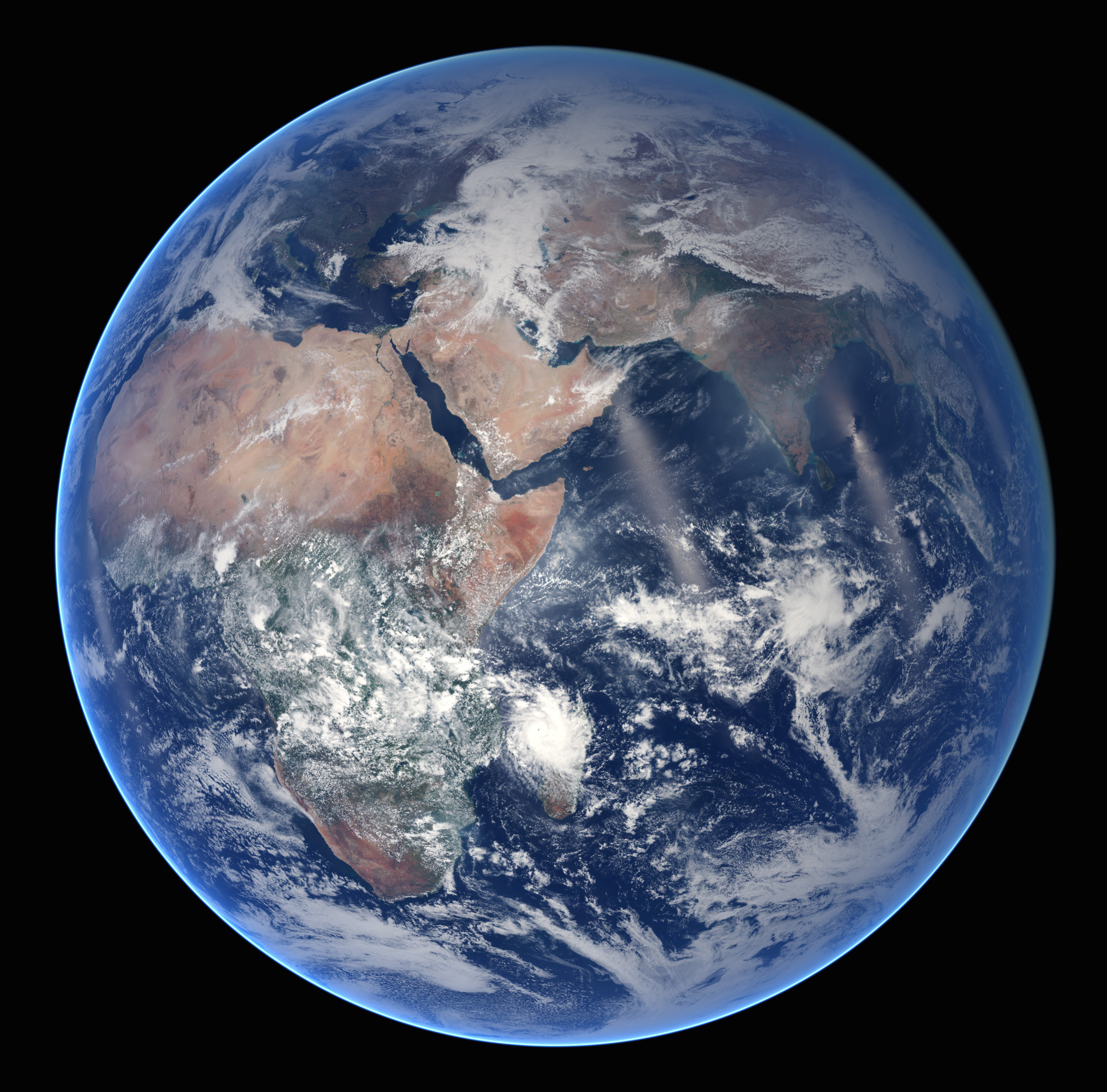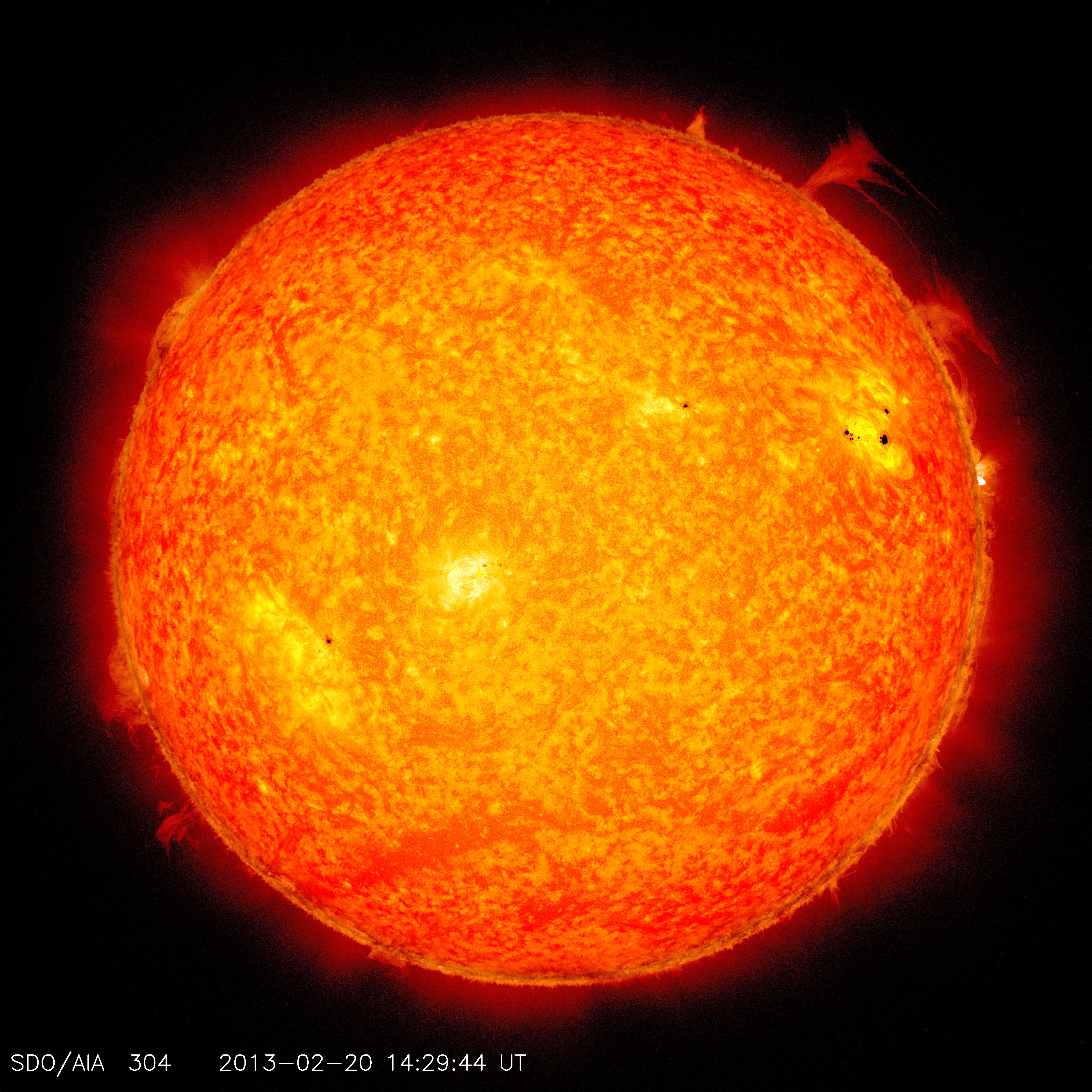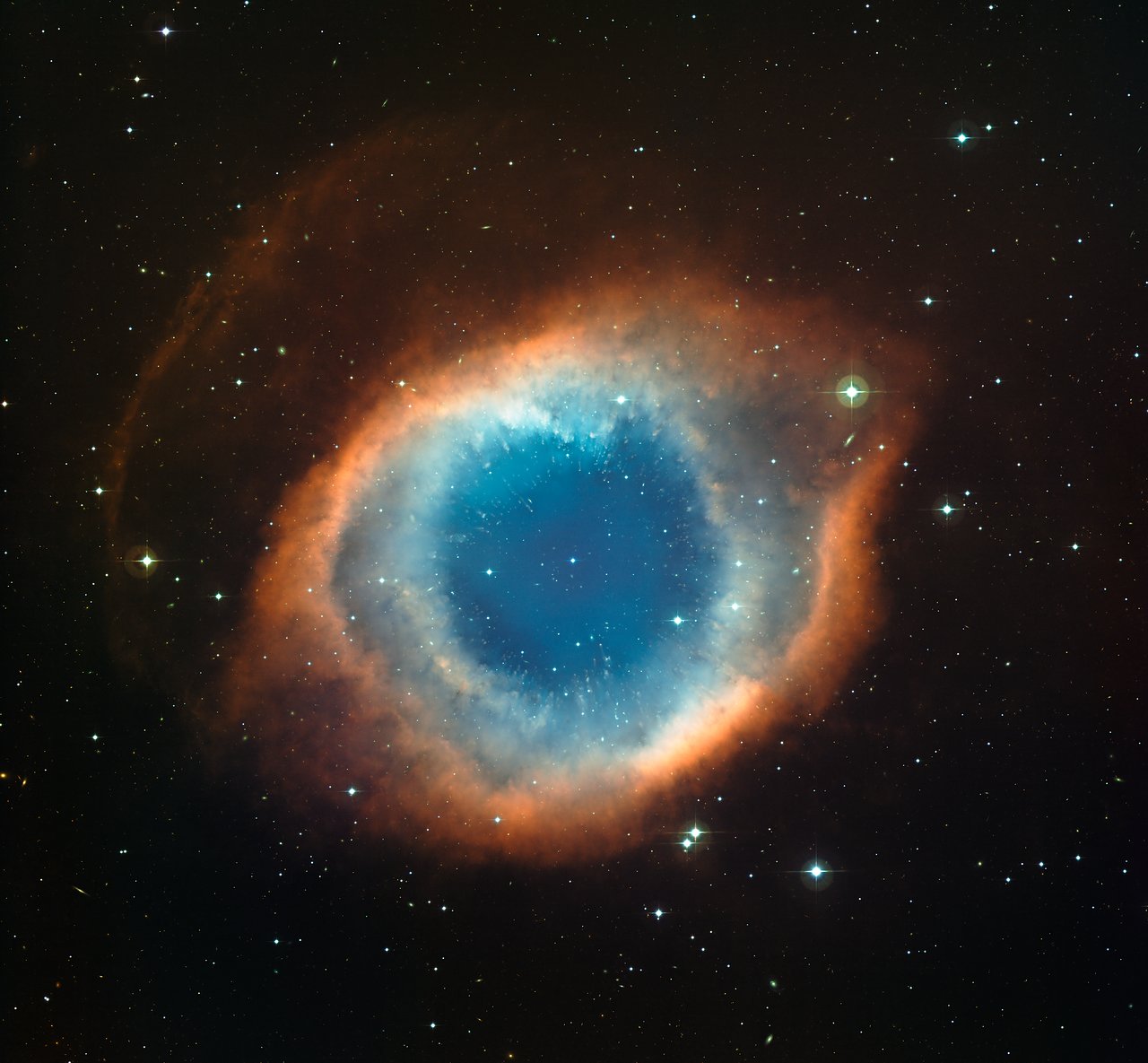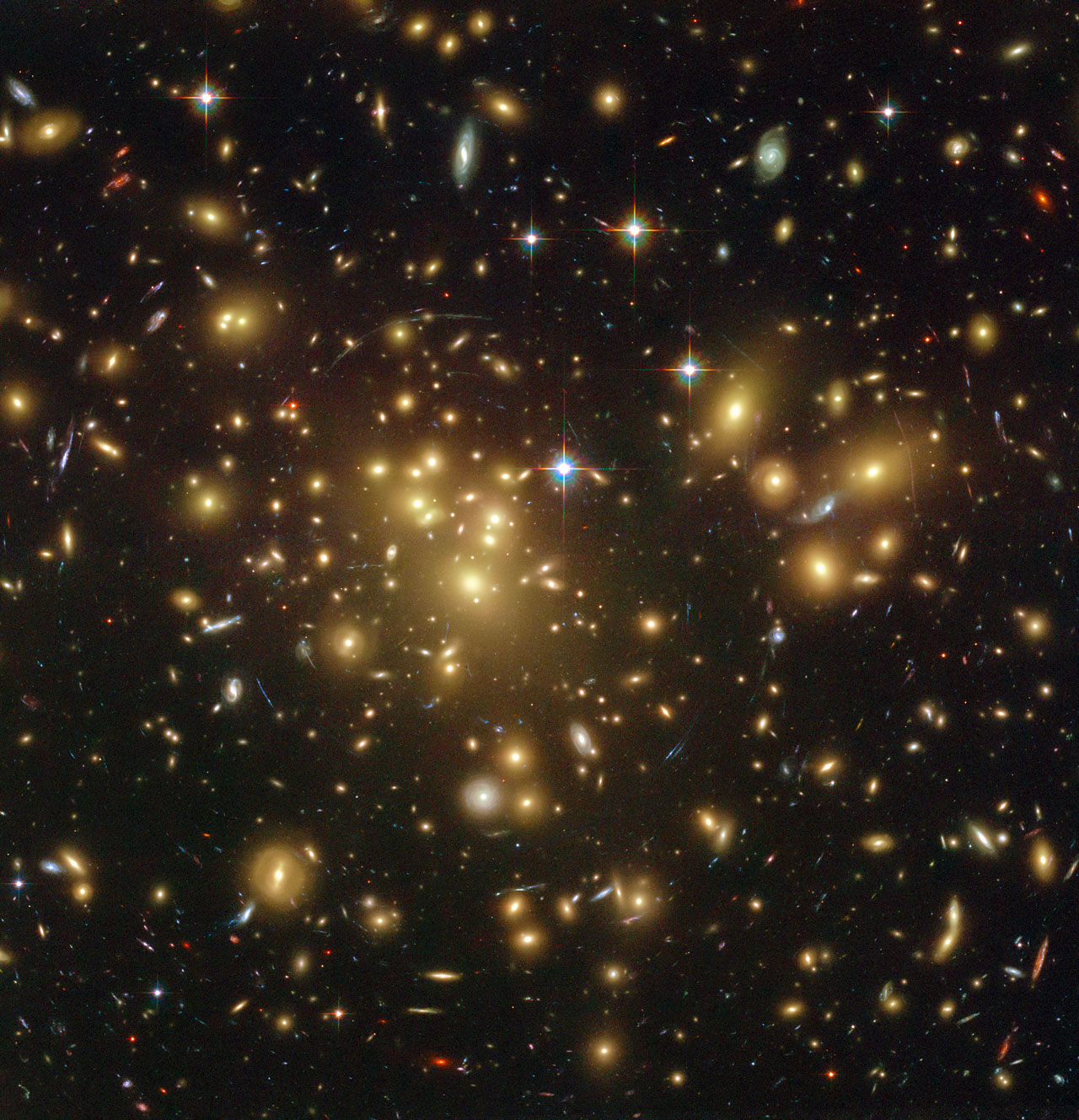Event’s Photos
[ngg src=”galleries” ids=”5″ display=”basic_slideshow” arrows=”1″ transition_style=”slide” thumbnail_link_text=”View Image”]AHPC activities
This Researcher’s Night, the AHPC group’s Scientists – experts in Astrophysics and Computer Science – will engage the public in a series of interactive sessions based on exciting facts relating to the Universe, astronomy and the modern methods of research we use to conduct our work, including High Performance Computing (parallel programming). The content of the activities will be adjusted according to individual’s background knowledge, with activities suitable for all ages from children to adults. Below one can find more details and information about the activities we will have on offer.
Herschel Extragalactic Legacy Project – HELP
Scale your Cosmos Right!
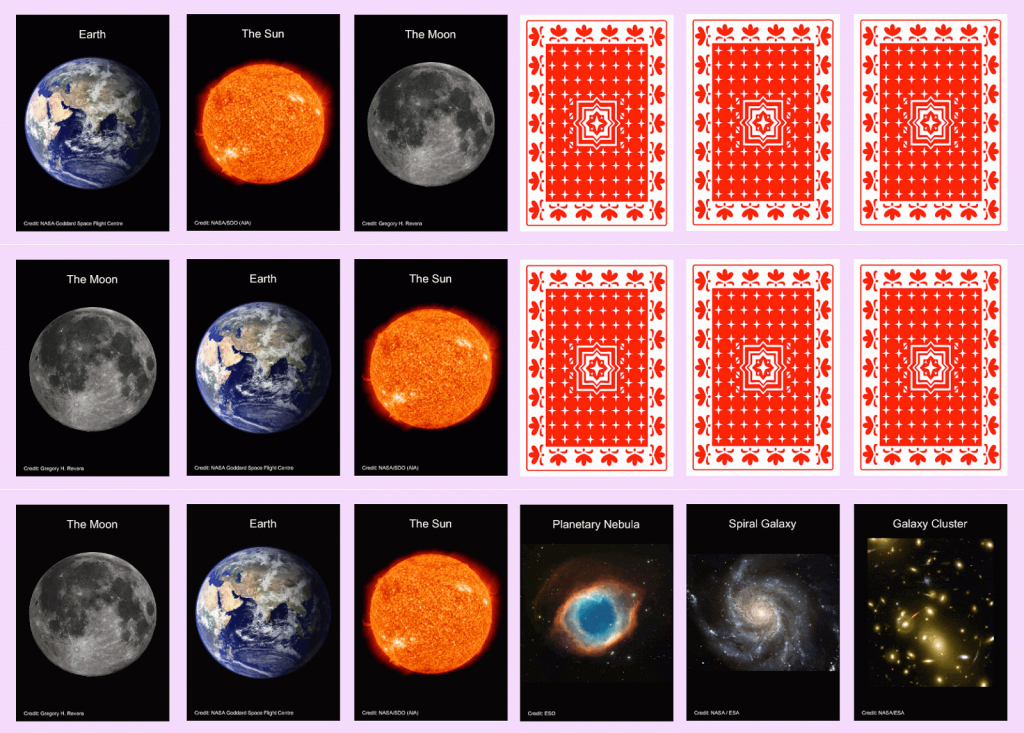
- Webpage by Dr. Jen Gupta (ICG; University of Portsmouth)
- A twist on the classic TV gameshow ‘Play Your Cards Right‘. The game is pretty simple: Six cards are set out face down. The player then turns over one card after the other and each time the player has to sort the astronomical objects based on their actual size!
 Chat with an Astronomer
Chat with an Astronomer
- Chat with our researchers on various astronomical subjects and recent research updates from our group.
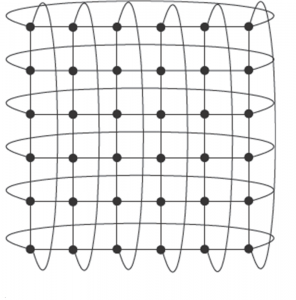 High Performance Computing
High Performance Computing
By using a laptop and a wireless connection to High Performance Computing machines (Supercomputers) our researchers will engage the public through live performance comparisons of serial and parallel algorithms. Using the guidance of our researchers, the public will be able to develop and test simple parallel and serial algorithms in real time, using a Supercomputer.


